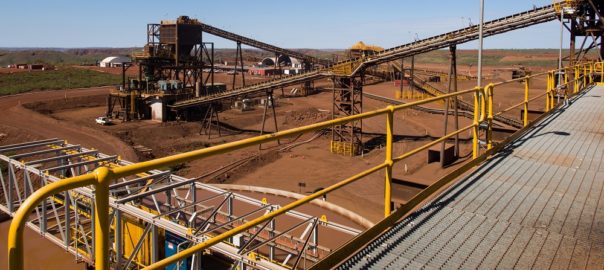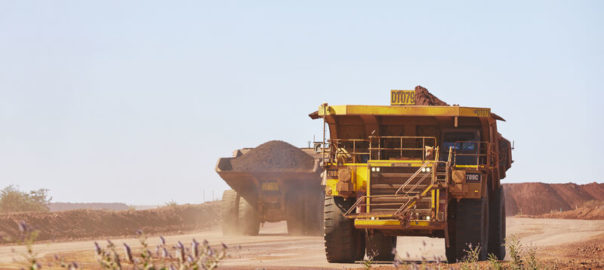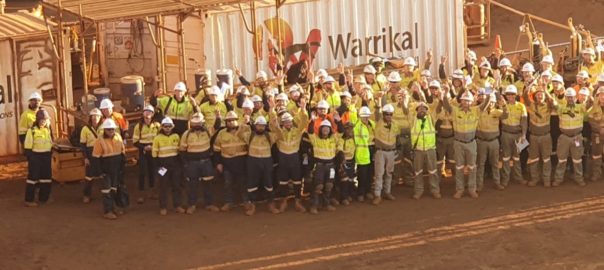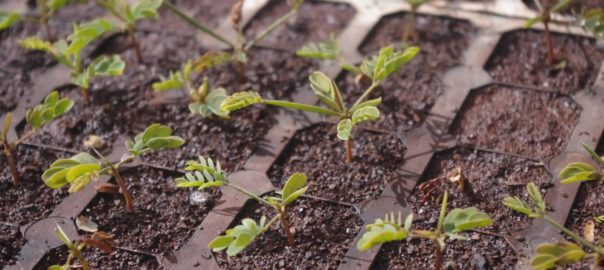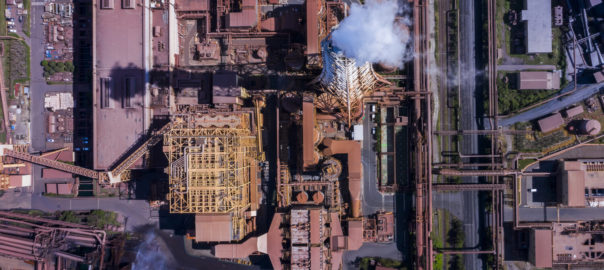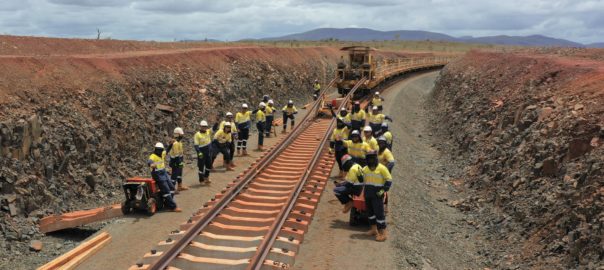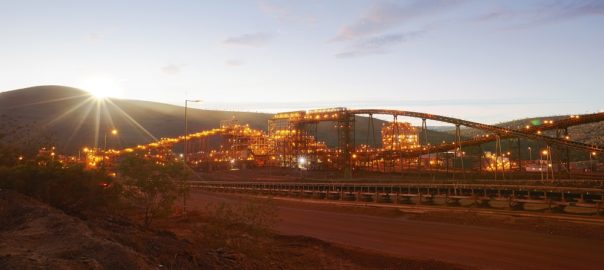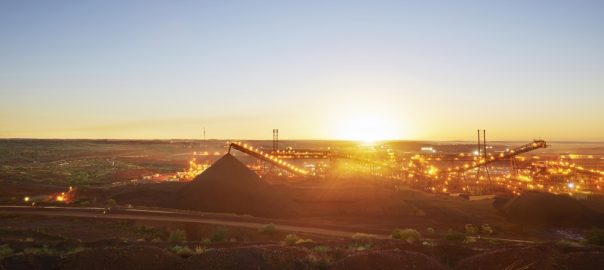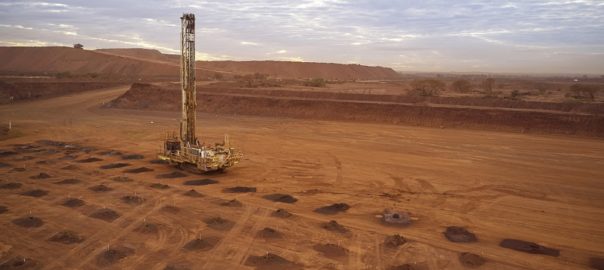SIMPEC has been awarded a A$145 million ($107 million) contract for the construction of a wet process plant for the Iron Bridge magnetite project in the Pilbara of Western Australia.
The WestStar Industrial subsidiary has been contracted by Iron Bridge Operations Pty Ltd, a company representing the joint venture between Fortescue Metals Group subsidiary FMG Magnetite Pty Ltd and Formosa Steel IB Pty Ltd.
The wet processing plant is a significant part of the new magnetite mine at Iron Bridge, which will be central to the production of 22 Mt/y (wet) of 67% Fe magnetite concentrate product.
SIMPEC is to supply vertical construction services for the contract, with an anticipated workforce of more than 500 personnel. The contract is expected to commence immediately with works due to be completed by the middle of 2022.
SIMPEC’s part of the project consists of major module installation, tank installation, major mechanical installation, large bore piping and a significant portion of supply and installation of electrical and instrumentation works.
Fortescue, in its June quarter results, released today, said the Iron Bridge project was expecting first production by December 2022 and a ramp-up period of 12-18 months before reaching capacity.







